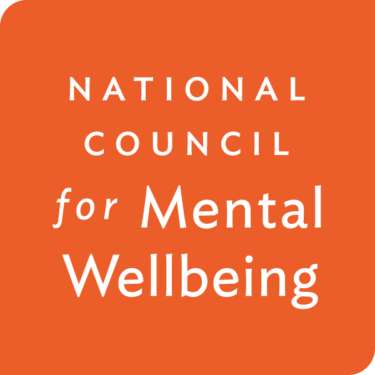Coping with Grief and Loss in the Harm Reduction Workplace
Coping with grief and loss is a reality that harm reduction staff, coworkers, volunteers and participants face daily as the overdose crisis continues to impact communities across the U.S. To address wellness and burnout prevention for harm reduction providers, the National Council for Mental Wellbeing, with support from the Centers for Disease Control and Prevention, is hosting a three-part webinar series highlighting innovative strategies that have been implemented for establishing professional boundaries, managing grief and supporting staff wellness.
While there are a wealth of wellness and burnout prevention webinars in the field, the needs of the harm reduction community are unique due to the nature of their work and the trauma and grief they face daily.
Join us on Monday, June 5, 3:30-4:30 p.m. ET for the second webinar in the series, Coping with Grief and Loss in the Harm Reduction Workplace. This webinar will present strategies that harm reduction organizations and staff can employ to cope with loss while maintaining high levels of quality services for participants who may simultaneously be grieving. We will hear from two experts in the field:
- Erica Poellot, MDiv, MSW, Director of Faith in Harm Reduction & Minister of Harm Reduction and Overdose Prevention Ministries
- Leilani Maxera, MPH, LCSW, Clinical Social Worker specializing in Grief and Death Work
After this webinar, attendees will be able to:
- Identify symptoms of grief and loss and recognize how an individual’s life context and needs impact the way they experience loss.
- Describe strategies for dealing with grief and loss in the workplace and bridging the space between personal and work selves.
- Review organizational strategies, cultures at work and practical applications that focus on healing from grief and coping with loss.
Please check out our website for a recording of Wellness Webinar Series Part 1: Establishing Professional Boundaries in the Virtual Harm Reduction Workplace.
This event was made possible by grant number 6 NU38OT000318-02-02 from the Centers for Disease Control and Prevention (CDC) of the U.S. Department of Health and Human Services (HHS) as part of a financial assistance award totaling $750,000 with 100% funded by CDC/HHS. The contents are those of the author(s) and do not necessarily represent the official views of, nor an endorsement by, CDC/HHS or the U.S. Government.

